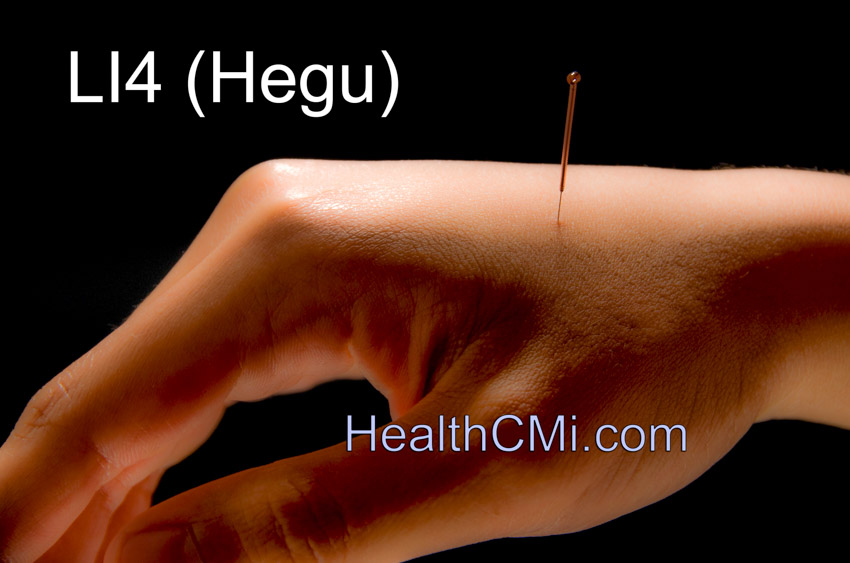Acupuncture is effective for preventing skeletal muscle tissue loss for hemodialysis patients. Beijing Huairou Hospital of Traditional Chinese Medicine researchers investigated the efficacy of a special acupuncture point prescription for the alleviation of sarcopenia in hemodialysis patients. [1] Sarcopenia is the loss of skeletal muscle tissue associated with aging. Sarcopenia is associated with both muscle loss and a decline of muscle strength and overall function. As a result, this condition often results in a lack of independence due to the decline of muscle function over time.
The investigation compared two groups. One received standard intervention and the other received standard intervention plus acupuncture treatments. The group receiving both standard care and acupuncture had significantly better patient outcomes.
Standard intervention was implemented with routine physical therapy (including progressive resistance training) and nutritional interventions. Personalized diets were arranged based on the specific conditions of each patient. For physical therapy, patients engaged in straight leg raises, dumbbell lifts, and other forms of exercises for 20 minutes per day, three times a week, for a total of 16 weeks.
The acupuncture group receive identical standard care plus acupuncture treatments. For acupuncture therapy sessions, patients took a supine position. Needles (0.30 × 40 mm) were sterilized and inserted into the acupoints. Insertion depth was 20–30 mm. A deqi sensation was achieved after manipulating the needles. Two 15 mm moxa pieces were attached at the needle ends and were used to produce warm needle acupuncture. Needle retention time was 30 minutes. The above therapy was administered five times per week for 16 weeks. The following were the acupuncture points used in the clinical trial:
- LI15 (Jianyu)
- LI11 (Quchi)
- LI4 (Hegu)
- ST36 (Zusanli)
- SP6 (Sanyinjiao)
- KD3 (Taixi)
Measurement parameters tested for muscle mass and function. Tests included the Appendicular Skeletal Muscle Mass Index (ASMI), Grip Strength (GS), and Gait Velocity (GV). Quality of life and independence was calculated based on a 36-item Short Form Health Survey (SF-36) Score and Ability of Daily Living (ADL).
Levels of serum irisin (a hormone secreted in muscles triggered by exercise) and TNF-α (a pro-inflammatory cytokine) were documented and assessed. After treatment, figures of ASMI, GS, and GV in both groups improved, with greater improvements observed in the warm needle acupuncture group.
Starting at a similar levels before treatment for both groups, serum irisin levels improved significantly (194.31 ±59.15 to 301.96 ±75.23) and TNF-α levels dropped markedly (20.29 ±4.07 to 14.76 ±2.64) in the warm needle acupuncture group. By contrast, levels of TNF-α maintained approximately the same and those of irisin increased slightly (214.26 ±75.43 to 254.04 ±66.65) in the standard routine care monotherapy control group. The numbers indicate two important actions. The irisin levels show that the addition of acupuncture improves biological responses to exercise. The TNF-α levels demonstrate that acupuncture produces an anti-inflammatory response.
The trial used a sample of 66 sarcopenia patients undergoing maintenance hemodialysis from January 2019 to April 2021. The 66 cases were randomized into a routine care control group and a warm needle acupuncture group, with 33 cases in each group. Two cases in the control group and one case in the acupuncture group dropped from the study.
Prior to treatment, the groups were analyzed for randomness of conditions when randomly divided into two groups. In the routine care group, 17 were males, 14 were females. Age range was 46 to 67 years. Mean age was 57 ±6 years. History of maintenance hemodialysis ranged from 8 to 46 months. Average history of condition was 27.25 ±12.38 months. A total of 19 were chronic nephritis patients, 6 were diabetic nephropathy (kidney disease) patients, 2 were hypertensive nephropathy patients, and 4 had other conditions. BMI range was 17.92 to 22.51 kg/m2. Average BMI was19.97 ±1.37.
In the warm needle acupuncture group, 15 were males, 17 were females. Age range was 45 to 70 years. Mean age was 56 ±8 years. History of maintenance hemodialysis ranged from eight to 52 months. Average history of condition was 29.06 ±12.94 months. A total of 18 were chronic nephritis patients, we6 re diabetic nephropathy patients, 3 were hypertensive nephropathy patients, and 6 had other conditions. BMI range was 17.66 to 22.04 kg/m2. Average BMI WAS 19.55 ±1.45.
Inclusion criteria were based on Sarcopenia in Asia consensus report of the Asian Working Group for sarcopenia. Appendicular Skeletal Muscle Mass Index (ASMI) in male patients was less than 7 kg/m2 for inclusion in the study. For female patients, the figure was below 5.4 kg/m2. Grip strength for males was below 26 kg. The figure was below 18 kg for females. Gait velocity was below 0.8 m/s. Once these parameters were met, patients were included in the study.
The results indicate with both subjective and objective data that the addition of acupuncture to routine care increases the rate of positive patient outcomes. Based on the findings, it is recommended that elderly hemodialysis patients with significant skeletal muscle tissue loss add acupuncture to their therapeutic protocols. Given the specific nature of the acupoints used for internal medicine benefits, a licensed acupuncturist is the appropriate medical referral for application of the treatment.
Reference:
Yang Jing, Huang Ying, Li Ju,Effects of Warm Acupuncture Therapy on Sarcopenia in Maintenance Hemodialysis Patients and Its Effect on Serum Irisin and TNF-α , Shanghai Journal of Acupuncture, Dec 2022, Volume 41, Issue 12.



